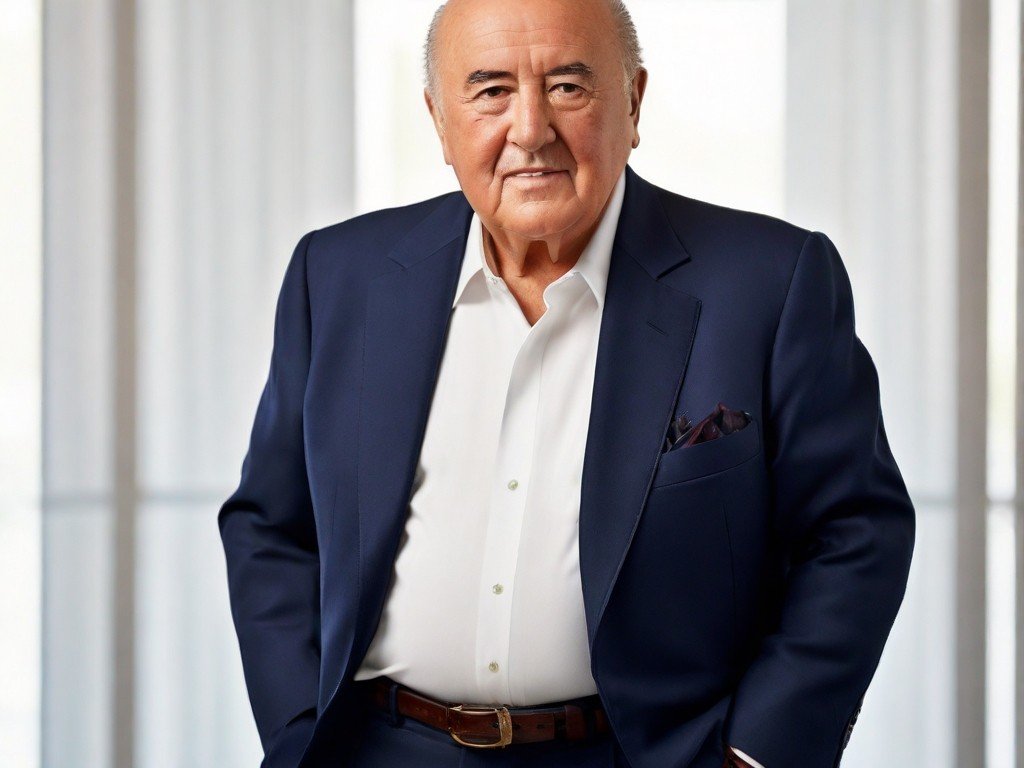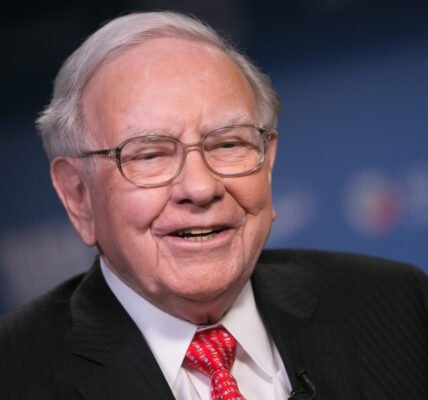Rise to Retail Royalty
Amancio Ortega, the founding chair of Inditex, the parent company of Zara, has cemented his status as Spain’s wealthiest individual and one of the richest globally. Ortega revolutionized the retail industry with his fast fashion concept, emphasizing rapid production and distribution of affordable versions of high-end designs.

Early Life and Career
Born in 1936 in northern Spain, Ortega’s early years were marked by hardship, especially during the Spanish Civil War. His family moved to Galicia in 1949, where his father worked as an itinerant railway worker and his mother as a maid. A pivotal moment occurred shortly after their move: witnessing his mother being denied credit to buy groceries profoundly impacted Ortega, leading him to drop out of school at 13 to work.
Ortega started his career as an assistant to a luxury shirtmaker in La Coruña, where he honed his skills in garment making and management. Over 14 years, he gained invaluable experience in customer service, fabric purchasing, and apparel manufacturing.
Pioneering Fast Fashion
By the early 1960s, Ortega had devised the core principles of what would become known as fast fashion. Unlike traditional retailers, he focused on learning customer preferences, producing affordable copies of trendy designs quickly, and selling them at lower prices. Ortega, his future wife Rosalia Mera, and his siblings began by sewing quilted bathrobes and lingerie at home and selling them at budget prices.
In 1963, they launched Confecciones GOA. Over the next decade, GOA expanded rapidly, employing 500 people by organizing women into sewing cooperatives and controlling the supply chain by sourcing textiles directly from Barcelona.
The Birth of Zara
In 1975, Ortega and Mera opened the first Zara store in La Coruña, which was an instant success. Zara expanded rapidly, establishing its headquarters and factories by 1977. By 1983, Zara had nine stores across Spain, and in 1985, Inditex was incorporated as Zara’s parent company. Zara’s international expansion began in 1988 with a store in Portugal, followed by locations in New York, Paris, and beyond.
Expanding the Portfolio
Ortega diversified Inditex’s offerings by launching Pull&Bear and acquiring Massimo Dutti in the early 1990s. In 1998, Bershka was introduced to target young women. Inditex’s rapid growth continued with an aggressive retail expansion, doubling its store count between 1999 and 2004, and adding new brands like Stradivarius, Oysho, and Zara Home.
Public Offering and Global Expansion
Inditex went public in 2001, and its IPO was one of the most successful of the year, making Ortega Spain’s wealthiest man. As Inditex’s chair, CEO, and majority shareholder, Ortega continued to drive the company’s expansion, resulting in a market capitalization of €123.64 billion by February 2024.
Innovative Systems and Strategies
Ortega revolutionized the industry with a computerized design and distribution system in the early 1980s, reducing the design-to-store process from six months to two weeks. This allowed Zara to respond swiftly to fashion trends and maintain minimal inventory, ensuring high sales at full price. Ortega’s business model emphasized quick stock rotation, minimal advertising, and a short supply chain, all contributing to Inditex’s success.
Real Estate Investments
Upon taking Inditex public, Ortega established Pontegadea Inversiones to manage the family’s investments, primarily through Pontegadea Inmobiliaria. Ortega’s real estate portfolio, valued at €15.2 billion in 2020, includes landmark properties worldwide, such as the Torre Picasso in Madrid and the Haugh out Building in Manhattan.
Legacy and Impact
Amancio Ortega’s innovative approach to fashion retail has made him a significant figure in the industry. His strategies have been studied and emulated by competitors, underscoring his influence on global retail practices. Through Inditex and his real estate ventures, Ortega continues to shape the business world, leaving an indelible mark on the fashion industry.





